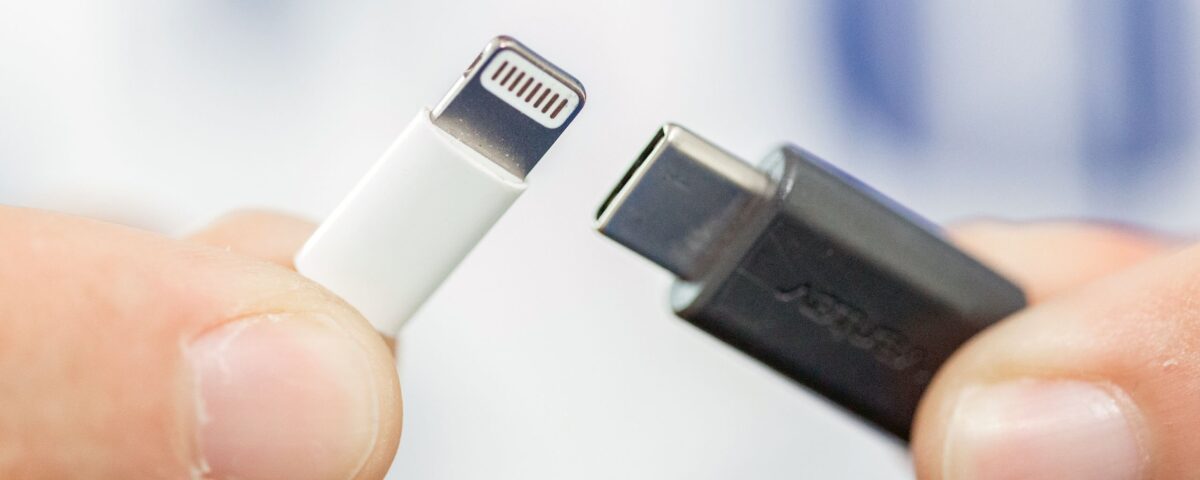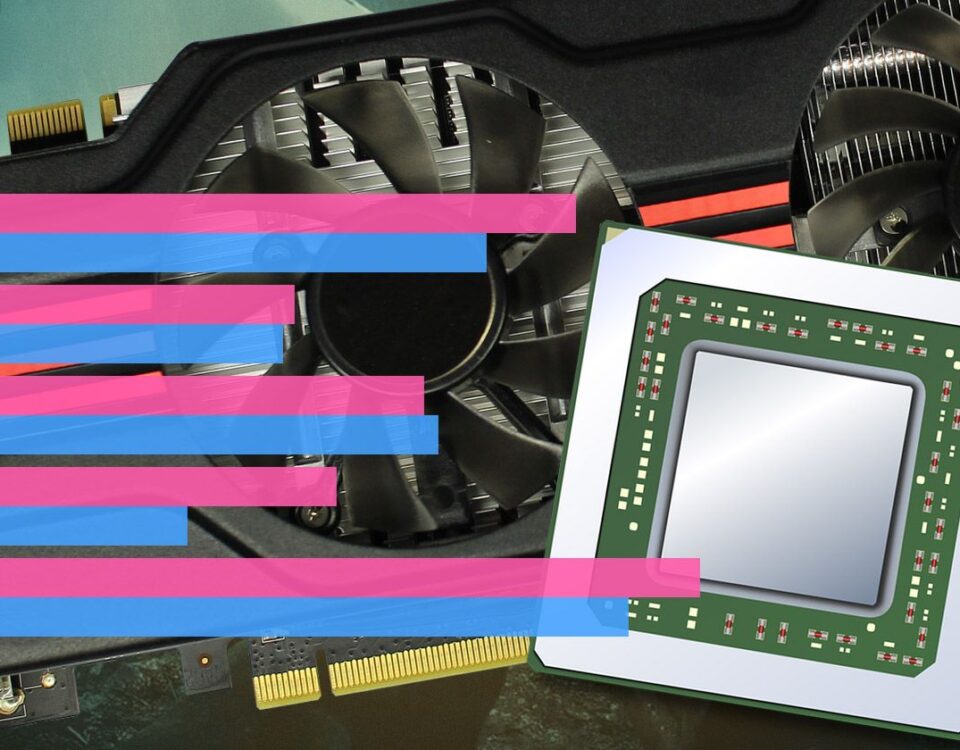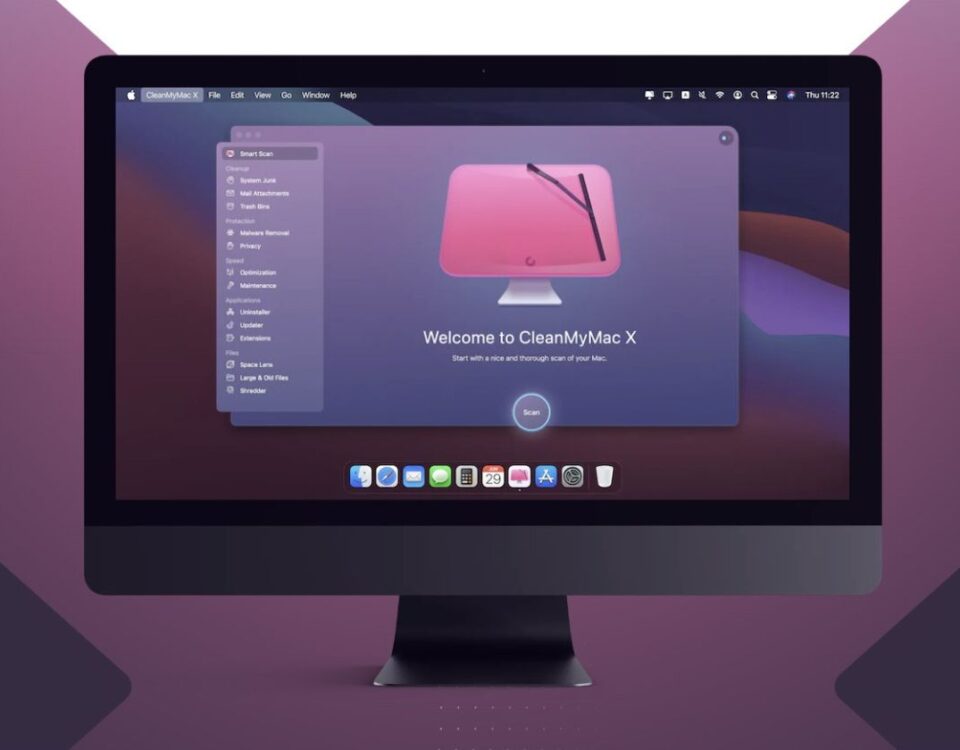USB-C and Lightning are the two of the most common wired cables on the market. Although they might look similar and perform the same functions, they are very different in various brackets.
In this guide, we’ll compare USB-C and Lightning based on charging speeds, data transfer speeds, compatibility, and more. It’s time to cut through the jargon and help you decide which one is better.
What Is USB-C?
Launched in 2014, USB-C (also known as USB Type-C) is a universal standard for wired connection, allowing charging and data transfer of smart devices on a single cable. A USB-C connector has 24 pins in total, i.e., 12 on each side. Out of these 24 pins, 16 are for data transfer, four are for power, and four are ground pins.
USB-C has a symmetrical design, which means it can be inserted into the port face up and face down, unlike its predecessors, micro-USB and USB-A, which aren’t reversible. It’s very likely that your Android device has a USB-C port unless you bought it many years ago.
USB-C is not a cable itself. In reality, it refers to a physical standard set for cables—just like USB-A and Micro-USB. That means the “C” in USB-C represents the oval shape of a connector and a port. It does not indicate how fast a particular cable will be.
For that, we have terms like USB 3.2, 3.1, 2.0, and Thunderbolt 3, which are speed standards that evolve with every generation and improve performance. Put simply, if it’s a letter, it represents the shape, and if it’s a number, it represents speed.
What Is Lightning?
Introduced in 2012, Lightning connectors are the successor of Apple’s old 30-pin connectors and perform the same function as USB-C. However, there are some differences. For one, Lightning connectors can only be used to charge iPhones and older iPads since they’re a proprietary technology. You cannot use a Lightning cable to charge your Android device.
Apple argues that switching to USB-C would be more wasteful than sticking with Lightning, but if that’s true, why do new iPads and MacBooks have USB-C? It’s because iPhones lie at the center of the Apple ecosystem, and giving up Lightning means giving up a piece of control over what users can do with their phones—which Apple never finds amusing. Furthermore, the European Union is equally fed up with Apple’s playing fast and loose with cable standards and e-waste and has regulated that the company must switch to USB-C in Europe by 2024.
Why USB-C Is So Confusing
The biggest problem with USB-C is its terminologies. By the time you’re done explaining the difference between USB-C, USB 3, USB 3.2 Gen 1, Thunderbolt 3, and many other standards, the person will already be on their way to buy a Lightning cable to escape this confusion.
If that wasn’t enough, the USB Implementers Forum (USB-IF) keeps renaming established USB standards, seemingly on a whim. Hopefully, this USB 3.x standards chart will offer much-needed clarity.
| Generation | Release Date | Speed | Official Old Name | Official New Name | Type | Marketing Terms |
| USB 3.0 | 2008 | 5Gbps | USB 3.1 Gen 1 | USB 3.2 Gen 1 | USB-A, USB-C | SuperSpeed USB 5Gbps |
| USB 3.1 | 2013 | 10Gbps | USB 3.1 Gen 2 | USB 3.2 Gen 2 | USB-A, USB-C | SuperSpeed USB 10Gbps (or SuperSpeed+ at launch) |
| USB 3.2 | 2017 | 20Gbps | None | USB 3.2 Gen 2×2 | USB-C | SuperSpeed USB 20Gbps |
Still confused? So are we. This is why USB is such as nightmare. Buyers don’t want to worry whether the USB-C cable they bought from Amazon will work on their device and if it’ll be as fast as expected. After all, it’s not their job to keep up with all the horrendous naming schemes the USB Implementers Forum keeps coming up with.
In comparison, Lightning is easier to understand since it’s Apple’s proprietary technology and will always work with Lightning ports. Simply put, there’s less uncertainty here. And that’s why, despite USB-C being an obviously superior technology, Lightning connectors are not extinct, even though many are rooting for its demise.
USB-C Is Better Than Lightning—but Not Fully Standardized Yet
USB-C is better than Lightning in almost every way imaginable. However, its painfully complicated naming conventions make it virtually impossible to understand unless you’re willing to sit down and take notes. To add to this confusion, different brands sometimes put their own spin on their USB-C cables, making them less universal than they can be.
Ideally, you would only need one USB-C cable to charge and connect everything without worrying about inconsistent charging and data transfer speeds. Although we are getting closer to that future, there’s still time until we can call USB-C the ultimate gold standard for wired connection.










